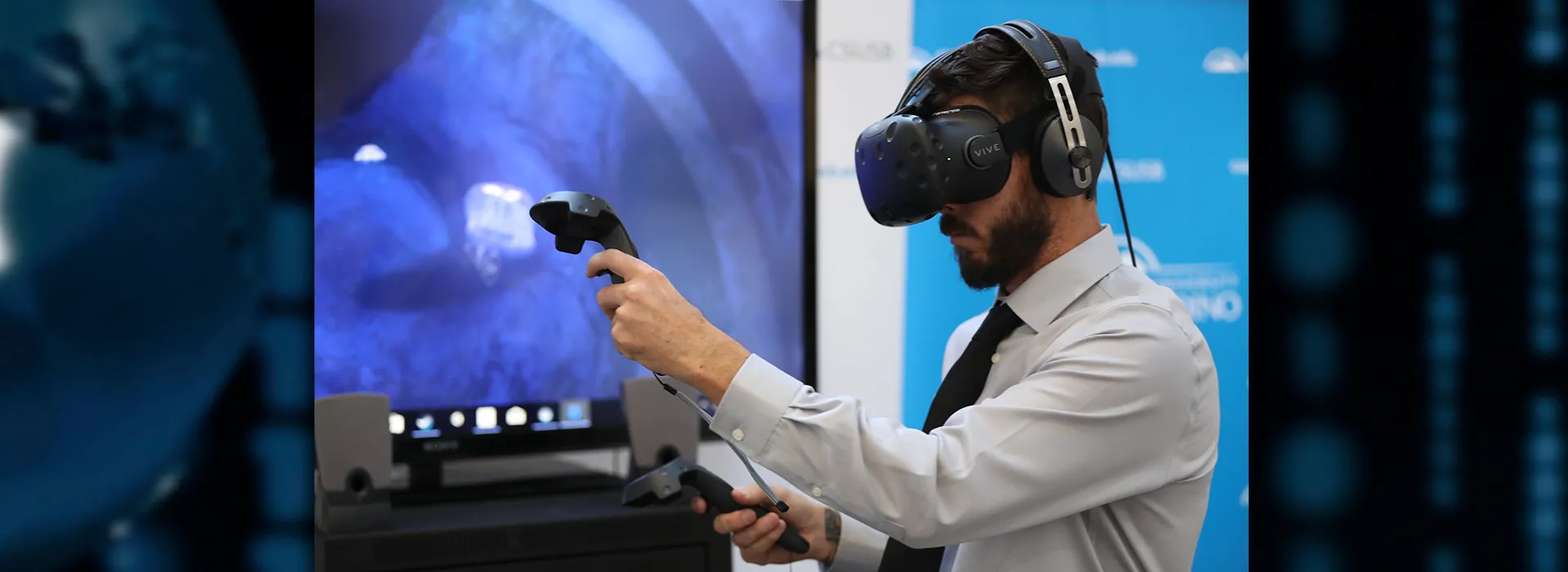
Students in education, nursing, astronomy, geology and journalism — to name just a few fields — are using augmented/virtual reality technologies to learn at campuses across the California State University. And, faculty say, they’re loving it.
California State University, San Bernardino has two immersive technology programs, for archaeology and journalism students. But faculty choose to use AR/VR judiciously, not just because they're currently a hot area of interest.
'The point is not to adopt technologies simply because they exist, but to adopt technologies because they offer teaching and learning possibilities not available elsewhere,' says Mihaela Popescu, Ph.D, associate professor of communication studies and faculty director of academic technologies and innovation at CSU San Bernardino.
'These technologies represent a new form of teaching. They focus on project-based learning and on creating student engagement through new means, whether narrative or technology-based,' adds Dr. Popescu.
Whereas an archaeology course may have previously been taught primarily by lecture, textbook or presentation, CSUSB is introducing a campus-wide collaboration that uses fully interactive virtual reality modules to teach students about fieldwork equipment and processes, as well as what to look for when analyzing artifacts.
Read the complete article at “How immersive technology is changing the way CSU students learn.”